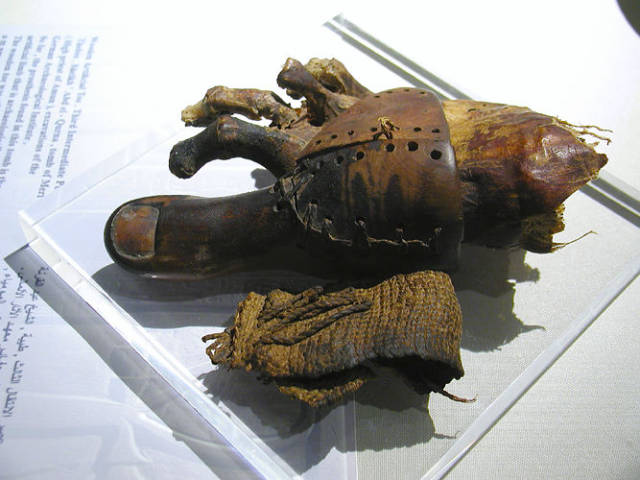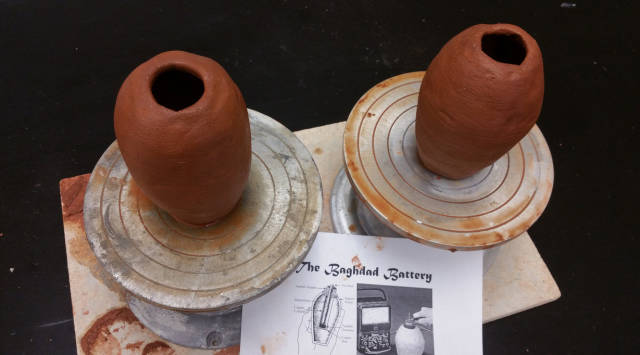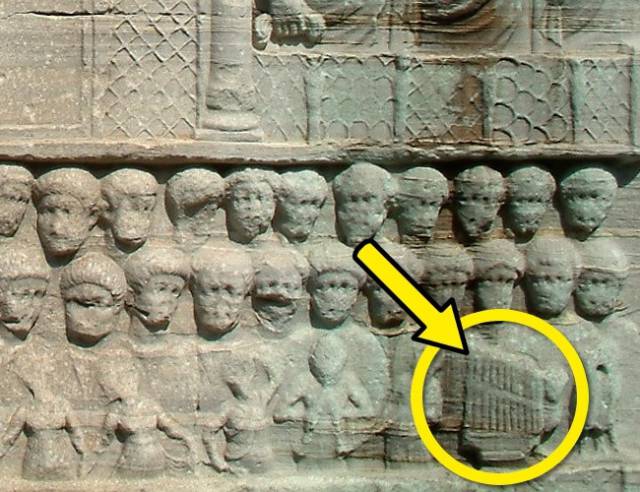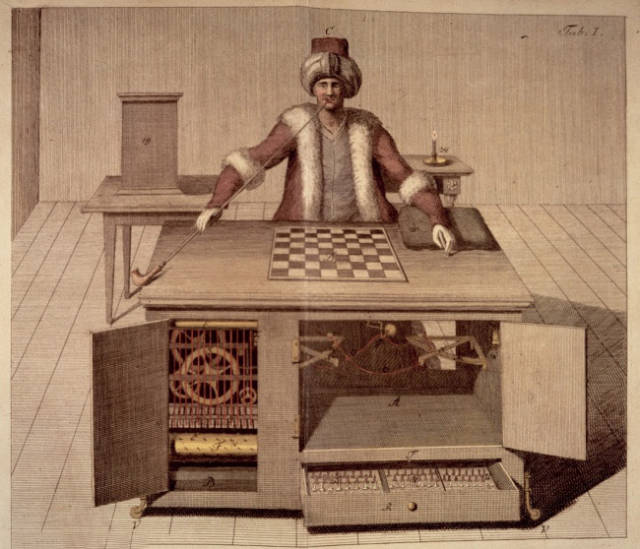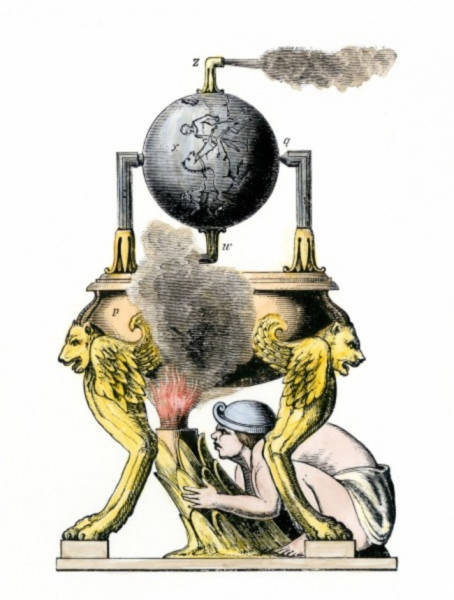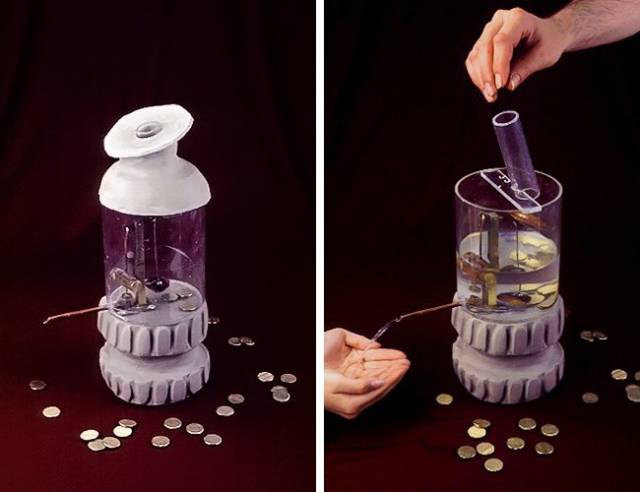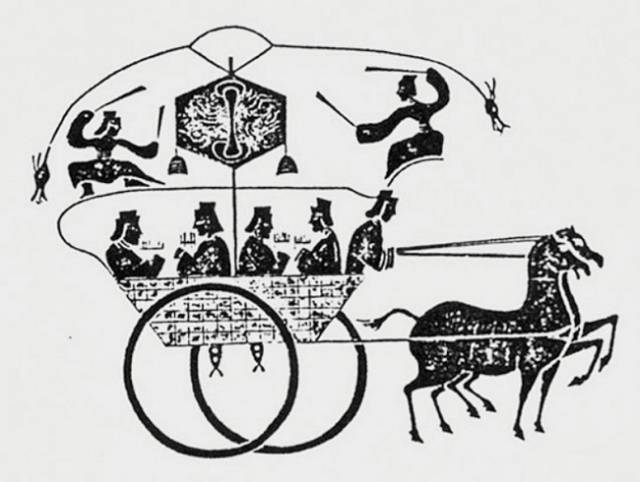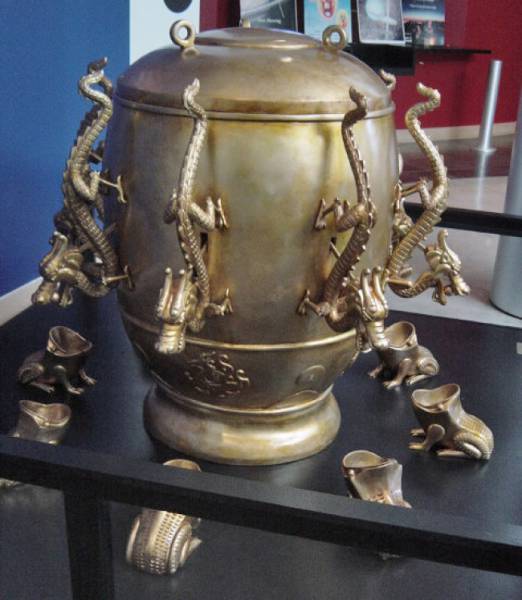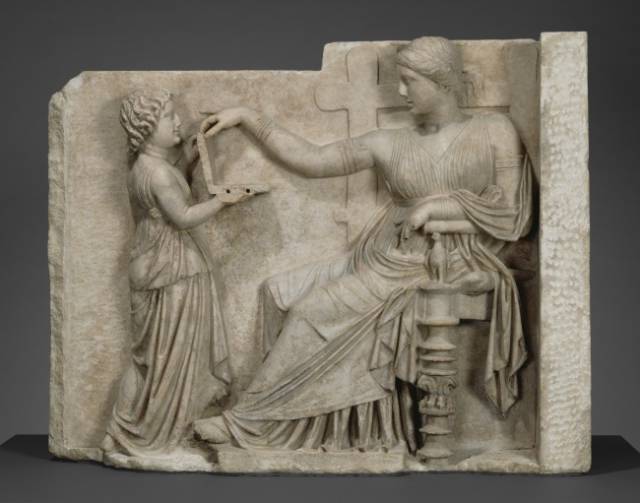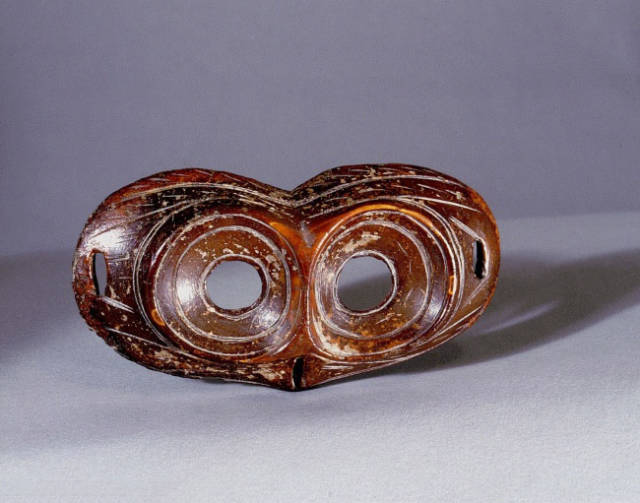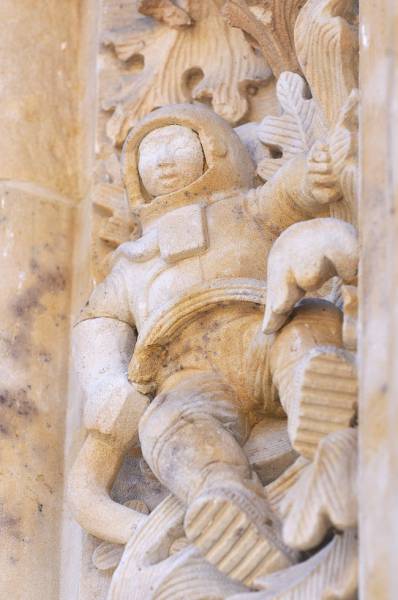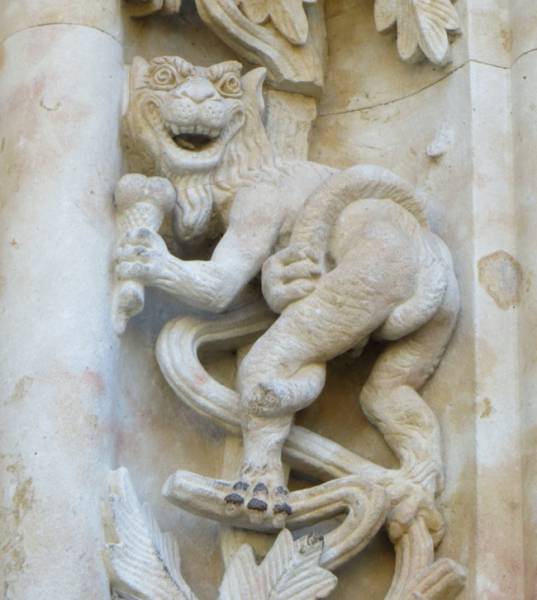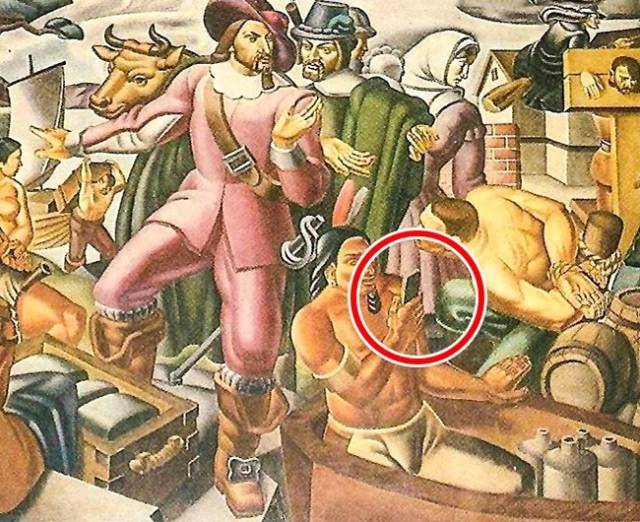Prosthetics and plastic surgery, 3000 BC
The first attempts to correct appearance flaws date back to the earliest times, and they were not unsuccessful. One example is an Egyptian prosthetic toe that was not just aesthetic but also quite effective. Another example is from Ancient India: as far back as 800 BC, they could adjust nose shape, using the skin from the forehead or cheeks.
Sewage system, ca. 2600 BC
The earliest sewage facilities belonged to the Indus Valley civilization: in Mohenjo-daro, there were public toilets and a city sewer system. Sewage was also known in Ancient Babylon, some Chinese cities, and in Rome, where it was represented by a colossal engineering project called Cloaca Maxima ("Greatest Sewer") that survives to this day.
Battery, ca. 2500 BC
The Baghdad Battery is a ceramic pot containing a copper tube with an iron rod inside. Replicas of this battery are indeed capable of creating some voltage. Perhaps the Ancient Babylonians knew the method of galvanization for which these containers were used, although skeptics argue that they only served to store scrolls.
Flamethrower, ca. 420 BC
The prototype of this formidable weapon was first used in the Battle of Delium. The ancient firethrower, or "Greek fire," was a copper tube used to project a liquid combustible mixture. Compressed air or large bellows served as a buoyancy force.
Alarm clock, ca. 400 BC
The Greek philosopher Plato used a water clock that could emit a sound signal to remind him that it was time to begin his lectures. Water-powered alarms were further developed in Ancient Rome and the Middle East. Mechanical striking clocks that were able to chime at a certain time of the day first appeared in China in the 8th century AD and made their way to Europe by the 14th century.
Robots, 323 BC
The prototypes of modern robots were female figures mounted on the lighthouse on the island of Pharos. At regular time intervals, they turned and struck the bells. At night, they made loud trumpeting sounds, warning seafarers of the proximity of the shore. Much later, in the 17th and 18th centuries, machines called automatons gained popularity in Western Europe. They were clockwork mechanisms made to look like humans or animals and able to perform various actions.
Automatic doors, 1st century AD
Automatic temple doors were already known in Ancient Greece. Back then, they were run by Hero’s aeolipile, the oldest prototype of the steam engine. A fire was built on the altar, under which pipes with water were concealed. The steam activated a system of blocks connected to the doors. This created an illusion of magic, which was only to the priests’ benefit.
Vending machine, 1st century AD
In our time, vending machines can sell anything imaginable, from toys to freshly baked pizza. Back in the days of Hero of Alexandria, you could only buy holy water for washing your hands in temples from them. After depositing a coin into the device, it would put in motion a mechanism that issued a portion of water to the customer.
Odometer, 1st century AD
An instrument for measuring the distance traveled by a vehicle, or odometer, was probably invented by Archimedes of Syracuse. The first odometer looked like a set of small wheels with numbers on them that showed the length of the distance traveled as the vehicle moved. Independently of Archimedes, a similar device was invented by the Chinese philosopher and scholar Zhang Heng.
Seismoscope, 132 AD
Another invention of Zhang Heng is a seismoscope that could react to an upcoming earthquake. It was a rather peculiar but precise construction: a bronze ball was projected from one of 8 tubes shaped as dragon heads, and it fell into the mouth of a corresponding metal toad that sat under them, indicating the direction where the shocks were coming from.
Computer, 100 BC
The Antikythera mechanism is considered an "ancient computer" because this device could track the movement of celestial bodies and predict solar and lunar eclipses. It was also used to calculate the date of the beginning of the Olympic Games.
The object that the girl on this Ancient Greek funeral stele is holding looks like a modern laptop, which gives much fuel to various conspiracy theories. Of course, there were no laptops in 100 BC, and this object is apparently just a jewelry box or a wax tablet.
Sunglasses, 10th century
It is commonly believed that this object was invented by the Inuit who had to protect their eyes from "snow blindness." Their sunglasses didn’t have actual glass: they were walrus ivory goggles with narrow slits. The first sunglasses with glass (smoky quartz, actually) appeared later, in 12th-century China. They were used to hide the wearer’s facial expression rather than as protection against sunlight.
Bonus: An ancient spacesuit
Another enigma that haunts the minds of conspiracy fans: the façade of the 300-year-old New Cathedral of Salamanca, Spain, is adorned with a real astronaut. Did our ancestors really fly into space or meet aliens in spacesuits?
The truth is very simple: the figure of the astronaut was added during the restoration of the cathedral in 1992. It’s just someone’s joke, as is another figure representing a faun with an ice cream in his hand.
Bonus 2: A precursor of smartphones?
Mr. Pynchon and the Settling of Springfield — a 1933 painting by the Italian American artist Umberto Romano — depicts quite what the title says: Mr. Pynchon, the founder of the town, stands in the center of the scene and appears to be giving out various town management orders. What makes it curious is a Native American man sitting in the foreground and holding a rectangular object that is uncannily similar to a modern smartphone. It is probably just a small mirror, but wouldn’t life be more fun if we found out iPhones are really not as innovative as they’re thought to be?

